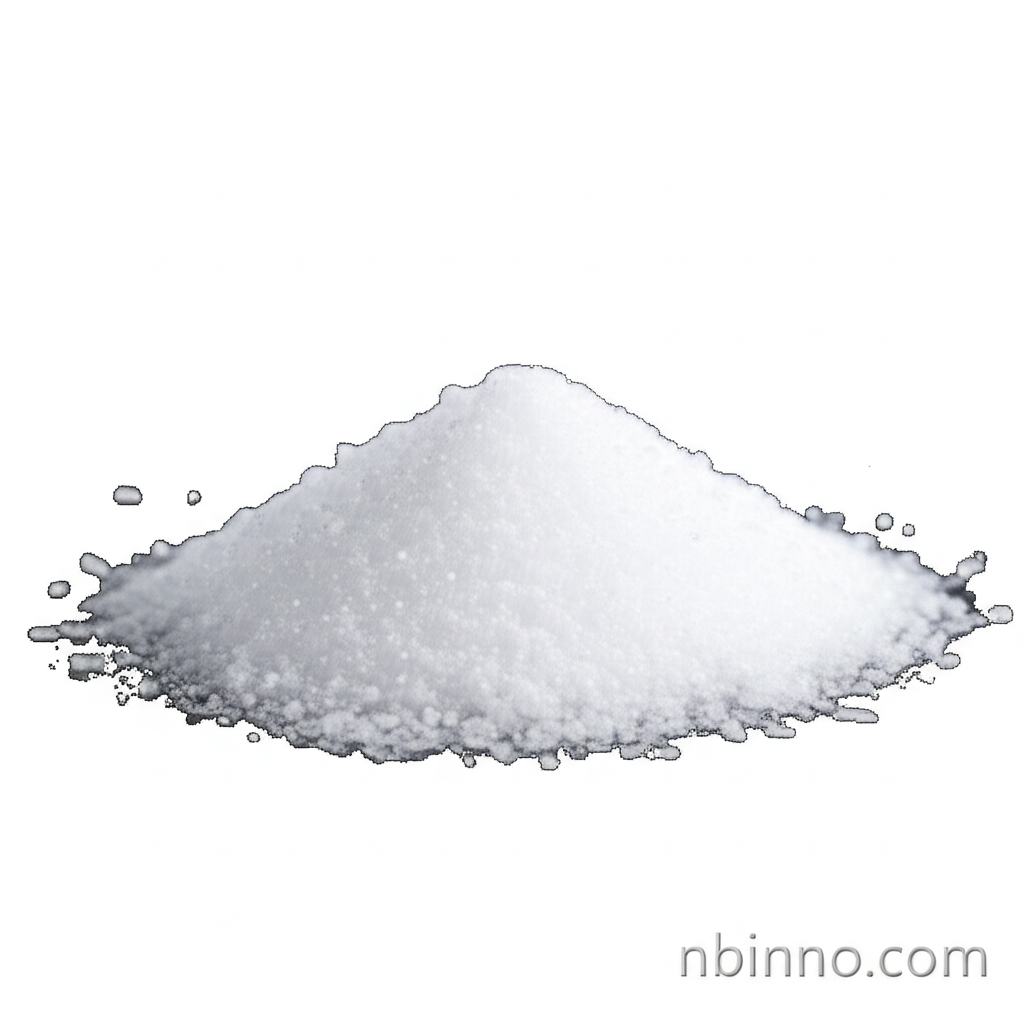2,4-Dihydroxybenzaldehyde: A Versatile Organic Intermediate
Discover the essential properties and wide-ranging applications of this crucial chemical building block.
Get a Quote & SampleProduct Core Value

2,4-Dihydroxybenzaldehyde
This compound serves as a critical intermediate in numerous chemical processes, valued for its reactive functional groups that enable diverse synthesis pathways.
- Discover the essential properties of 2,4-dihydroxybenzaldehyde, a key organic intermediate for synthesis, vital for various industrial applications.
- Explore the extensive use of CAS 95-01-2 applications, particularly in the creation of dyestuffs, contributing vibrant colors to textiles and other materials.
- Understand its role as a pharmaceutical raw intermediate, facilitating the development and production of vital medicines.
- Learn how this compound is utilized in agrochemical intermediates, supporting the agricultural sector with essential crop protection chemicals.
Key Advantages
Versatile Reactivity
The presence of hydroxyl and aldehyde groups makes 2,4-dihydroxybenzaldehyde highly reactive, enabling its use in a wide array of organic synthesis reactions.
Broad Industrial Applicability
From dyestuffs to pharmaceuticals and agrochemicals, its utility spans multiple key industries, making it a valuable chemical synthesis compound.
Reliable Quality
Typically supplied with high purity, ensuring consistent results in complex chemical research and manufacturing processes.
Key Applications
Dyestuff Intermediates
It plays a crucial role as a building block in the synthesis of various dyes, contributing to the color industry.
Agrochemical Intermediates
Used in the production of agrochemicals, aiding in crop protection and agricultural productivity.
Pharmaceutical Raw Intermediates
A vital component in the synthesis of many pharmaceutical compounds, supporting the healthcare sector.
Organic Synthesis Materials
Serves as a versatile material for a wide range of organic synthesis projects and chemical research activities.
